
How to Measure for Knee Sleeves?
Jul 10,2023 | 2 Mins Read
TABLE OF CONTENTS
Have you ever experienced knee pain during or after a workout? Or maybe you're looking for some extra support to enhance your athletic performance? Knee sleeves might be the answer you're looking for. But before you rush to buy, it's essential to understand what they are and how to properly measure your knee to get the perfect fit. Let's dive into the details.
Key Takeaways:
Accurate measurement is vital when it comes to knee sleeves. If they're too tight, they can restrict blood flow and cause discomfort. If they're too loose, they won't provide the necessary support or benefits of knee compression sleeves. Proper measurement ensures optimal comfort and performance.
Soft tape measures are flexible, making them perfect for measuring body parts. They're readily available in sewing kits or online.
When measuring your knee for a sleeve, it's important to stand up straight and extend your leg. This will provide an accurate measurement of the circumference of your knee.
Wrap the tape measure around the widest part of your knee, usually directly over your kneecap. Hold the tape snugly, but not too tightly under your kneecap. Make sure the tape goes all the way around, and stop when your finger meets your thumb.
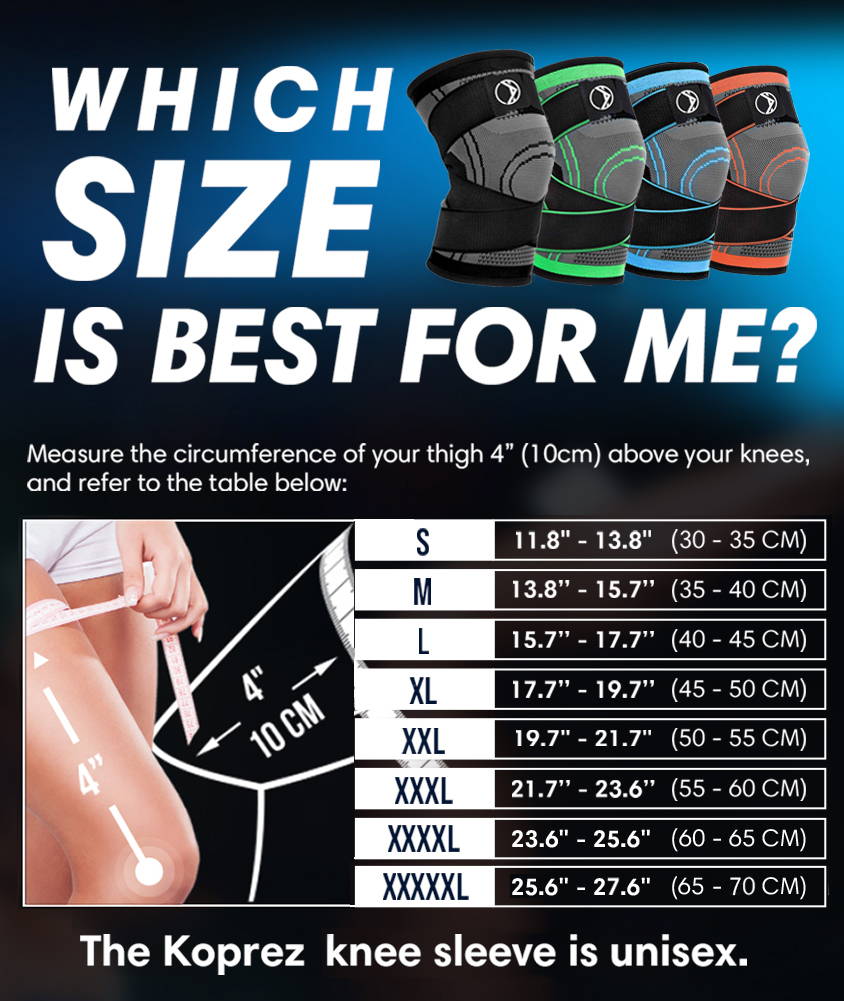
For a properly fitting knee sleeve, you'll also need to measure the circumference of your thigh. Start 4 inches above your kneecap and wrap the tape measure snugly all the way around your thigh.
Once you get the measurement, write it down using inches or centimeter. You don't want to forget it!
Each brand may have a slightly different sizing chart. Make sure you compare your measurements to the specific brand's sizing chart you're planning to buy from.
Finally, select the size closest to your measurement. If you're in between sizes, it's usually safer to go for the larger one to ensure comfort.
Thickness matters! A thicker sleeve provides more support but less mobility, while a thinner sleeve offers the opposite. Generally, they come in 2mm, 3mm, 5mm, and 7mm thicknesses.

Even after prolonged and regular usage, quality knee sleeves retain their elasticity and continue to deliver the compression necessary for enhanced performance and safety.
While these sleeves may seem a bit snug at first and require a slight pull to fit them over your knees, this is actually a good thing. Lower-quality knee sleeves, typically made from less durable materials, might stretch out over time, diminishing their supportive and protective abilities.
Koprez knee sleeves has a tri-combination of nylon, spandex, and latex-silk which you won't find in any other product. Our knee sleeves has been tested by athletes and certified for maximum performance, comfort, and durability.

Are you a marathon runner, or do you prefer low-intensity activities? Depending on the type of exercise you are doing and how often you work out, there is an ideal knee sleeve for your needs.
If you are engaging in light activities like walking or jogging, a 2mm or 3mm knee sleeve is typically sufficient. For more intense exercises such as CrossFit or powerlifting, a snugger fit is often preferred. In this case, you should opt for a 5mm or 7mm knee sleeve.
As you adjust your workouts, your knee sleeve requirements might also change. If you're unsure whether to use knee sleeves or knee wraps, it's worth considering the benefits of each and how they align with your fitness goals.
Do you plan to lose or gain weight in the next coming months? If so, keep this in mind when selecting your knee sleeve size. You may want to order a slightly bigger or smaller size depending on your goals.
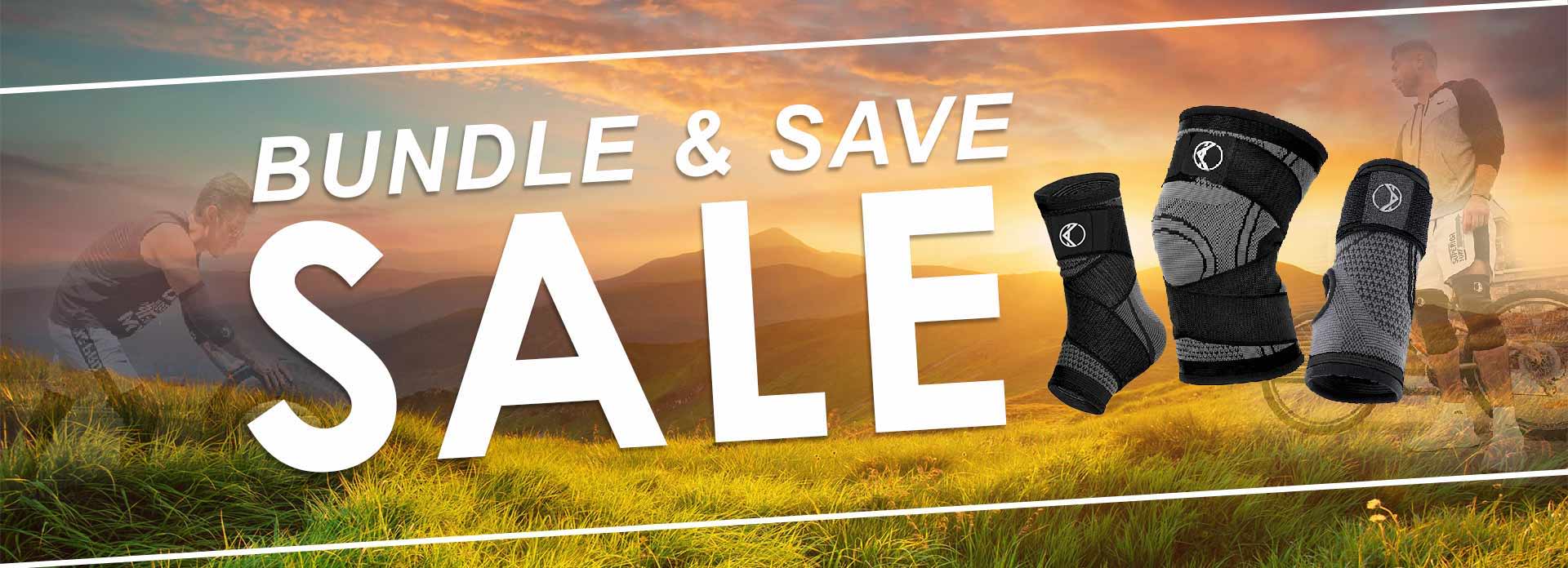





Author

Claire Evans worked as the content marketing manager at Koprez. Claire combined a background of writing and editing, marketing, and patient education to best serve consumers, fitness enthusiasts, athletes, and anyone who relies on the Koprez brand for helpful information.
Koprez® Featured Products
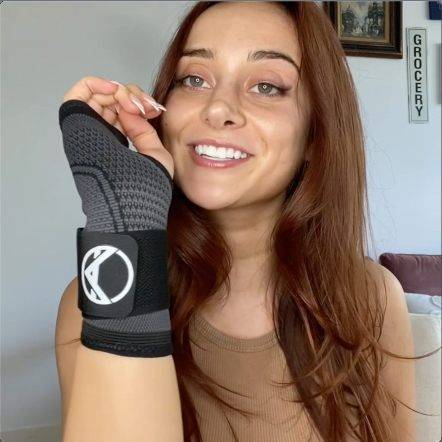

"I sprain my wrist super often, so I decided to try out this sleeve. This is game-changing! I've been using it for a while now, and my wrists feel amazing. I haven't gotten in any injuries since using it too. It just makes my wrists feel so supported."
Alexis A.
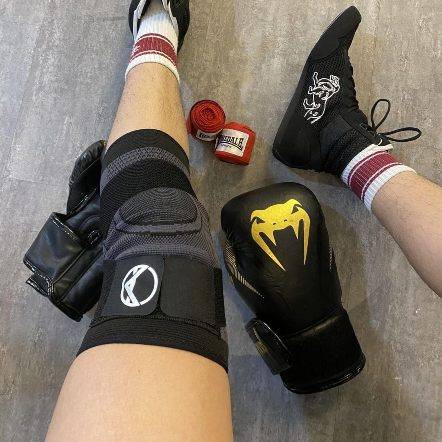

"Use this for my boxing training. It is a very comfortable brace and does not move out of position during skipping ropes and sparring sessions. I use it while running too. Probably the best brace I've purchased throughout the years. It is very flexible. Makes me look like a pro! :)"
Samuel L.


"I've just got back to running after a couple of years of being plagued by injury. These compressions socks are helping give me peace of mind while I build up my distance again. They are the perfect level of compression, super comfy, and very high quality. Feel great while on a run, and looks great in the orange colour I have!"
Dave R.
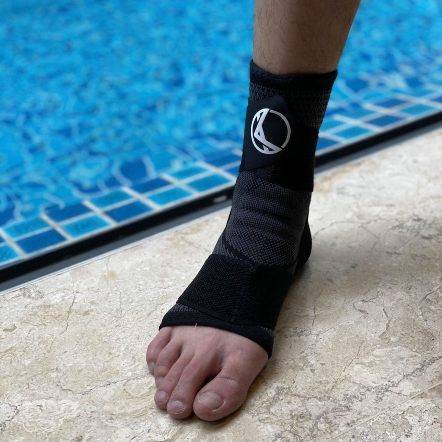

"I have a weak ankle, and the Koprez ankle sleeve has been a lifesaver. Wear it every day. Super breathable and comfortable. Like wearing a cool sporty looking sock!"
James F.
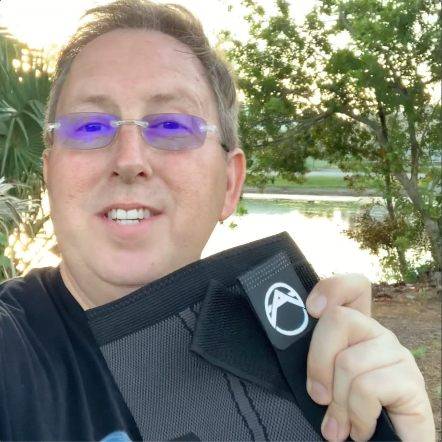

"This is the best knee sleeve I've ever tried. It's now a must-have for all my exercises. A few years ago, I had an accident that damaged my knees, but with Koprez I can be active again with no knee pains at all. It's been truly amazing!"
Alex M.
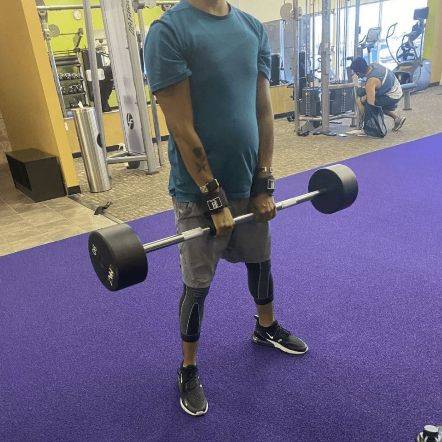

"One of the best purchases I've ever made. It fits your legs all the way from top to bottom, great snug fit, gives you support and definitely helps during rehab and training."
Rafael A.
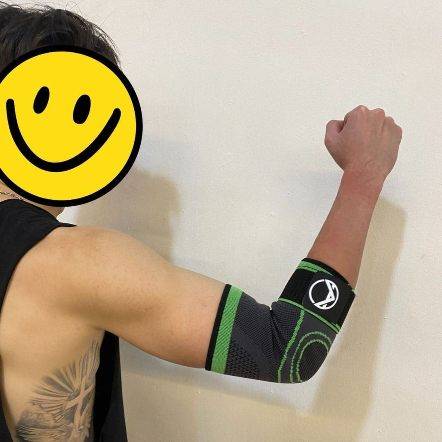

"I had a minor elbow injury, and Koprez sleeve was super supportive and definitely helped me recover faster. I still use the sleeve to prevent further injury. So far, so good. Very comfortable and does not feel hot at all. Highly recommend!"
Corey B.
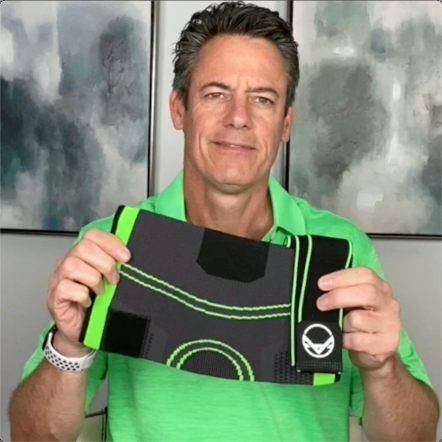

"It's really been a game-changer for me. It allows me to exercise a lot longer than I used to. Now my knees don't hurt, and they're not uncomfortable at all."
Mike P.


"Great product!!"
Harold
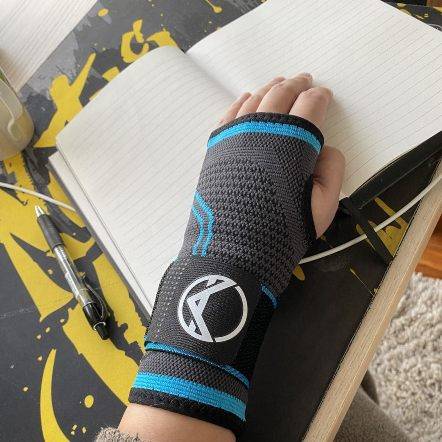

"I have carpal tunnel, and this brace has helped me work pain-free. Love the materials, and I can feel my wrists slowly getting better, even when I don't wear them!"
Christopher J.
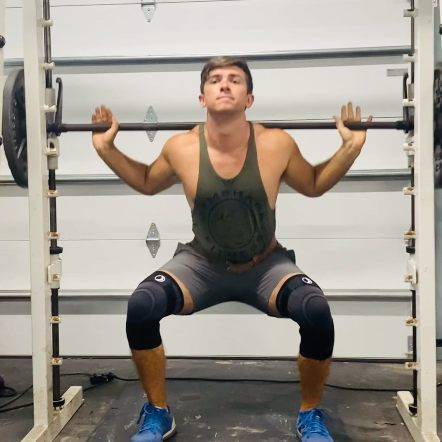

"I wanted to try out these sleeves to improve my squats and deadlift in the gym without worrying about injuring my knees. They stayed up throughout the entire gym session, and my knees feel super supported. Now I can do what I love for years to come. "
Corbin C.